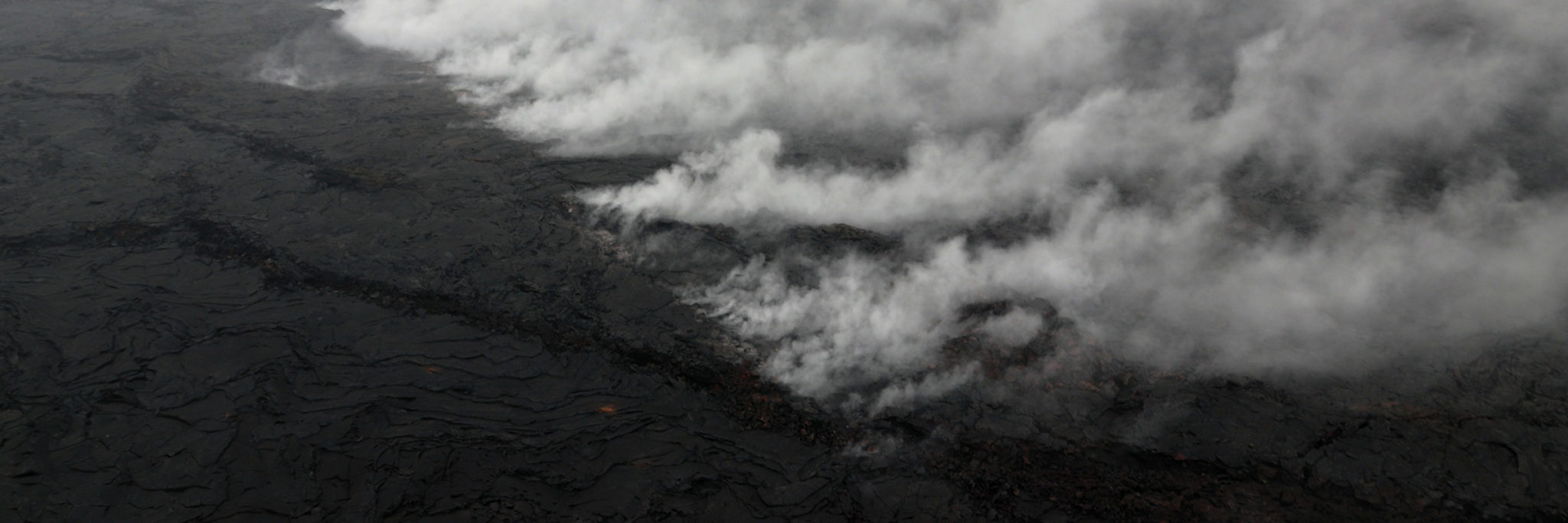What is your research about?
I’m currently focused on how magma is stored—for how long, what it does underground, what it does leading up to a volcanic eruption. I’m looking at volcanoes in California and Oregon, as well as in New Zealand. I’m particularly interested in the crystals contained within magma.
What ignited your interest in this topic?
I’ve always been interested in geology and volcanoes. My mother is Colombian, and my grandmother lived alongside volcanoes. As an undergraduate, I was a geology major and also a history major, and I found a parallel between reading the stories of history and reading the stories of volcanoes recorded in those crystals. It’s fascinating to use the crystals like a book to learn about the history of a volcano.
How does that work?
I’m particularly interested in a mineral called zircon. There’s not much of it in any given rock, but its chemical signature holds a lot of information. The elements incorporated into the crystals tell you about the temperature and condition of the magma in which they formed. Essentially, they serve as tracers of geological events.
Can they help us predict future eruptions?
In the “game” of volcanoes, “prediction” is not a word we like to use. It implies a specific time. We talk in probability. One sign of the likelihood of an eruption is an increase in earthquakes. I’m looking at some big volcanoes in New Zealand, and the timeline between eruptions and their preceding events. New magma rising does provide a signal through earthquakes. It’s a sign to keep a closer watch—but it’s no firm prediction of an eruption. The precursors to eruptions happen hundreds of years beforehand. Most of us, and indeed most of our descendants, won’t see the eruptions in our lifetimes, even as we’re planning for resilience.
What dangers does an eruption pose?
Volcanoes spew ash, and that ruins crops and water sources. It definitely has climatological and agricultural effects, whether short term or long term. In major eruptions, you may see what’s called a volcanic winter, in which the global temperature drops one or two degrees, usually less, and that winter may last one or two years—rarely, up to a decade. The ash has to reach a height of 30 to 50 kilometers before it has those climate effects.
Another major effect is mudflows that spread a mixture of melted ice and volcanic material around the surrounding area and can be devastating to houses, crops, and all living things in their way.
Unlike what Hollywood shows, lava is the least dangerous part of an eruption. Lava moves very slowly; in most cases, you can get away from it. You can’t get away from the ash.
The media has reported that Yellowstone Caldera in Yellowstone National Park could erupt soon. What should we expect to see if that happens?
When Yellowstone had its last major eruption 640,000 years ago, it spewed 1,000 cubic kilometers of ash and volcanic material. We’re unlikely to see that in our lifetimes. Volcanoes are never “overdue.” It’s easy to see a pattern with Yellowstone, and people latch onto the pattern when they say that Yellowstone is overdue, but we only have three data points, and even the precursors to an eruption do not occur predictably. All we can do is monitor the situation.
You said that the May eruption of Hawaii’s Kilauea was “the kind of eruption that makes volcanologists nervous.” Why?
It makes me nervous because it could go on for months or even years. A disaster like that tends to fall out of the news cycle, but people are still being impacted by it. Volcanoes are different that way: They can erupt for years and people are left without homes or even the ability to return to their homes to get their belongings. That is when humanitarian crises really set in, when people have to live in temporary housing or shelters for that long.

